The Neurobiology of Why Your Learner’s Brain Responds to Great Storytelling
Maestro
OCTOBER 4, 2021
When you think about the power of storytelling, your first thought might be of the movies—even as Hollywood continues to churn out stories that follow familiar arcs we’ve seen time and again, we keep showing up and finding ourselves drawn in, happily paying to see it play out in different forms on the big screen. And now you’re hooked.

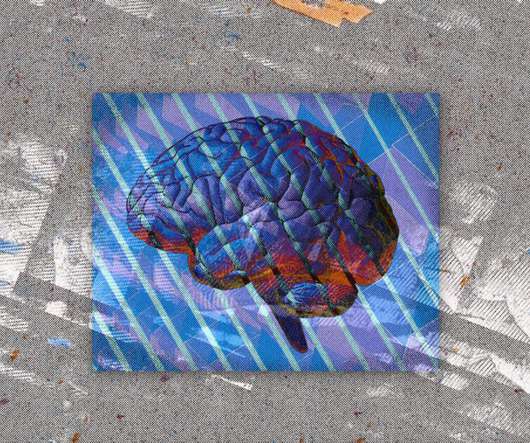
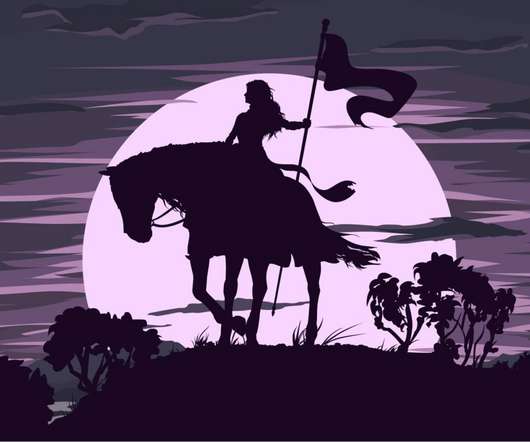


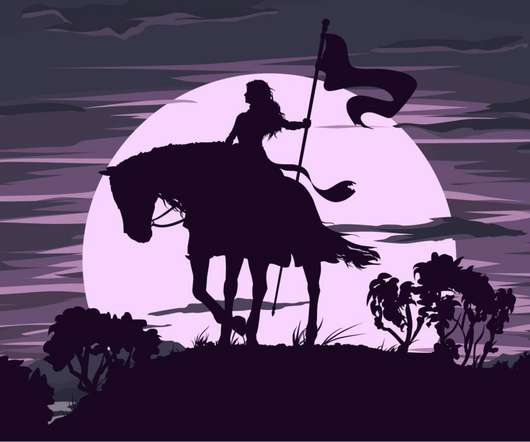








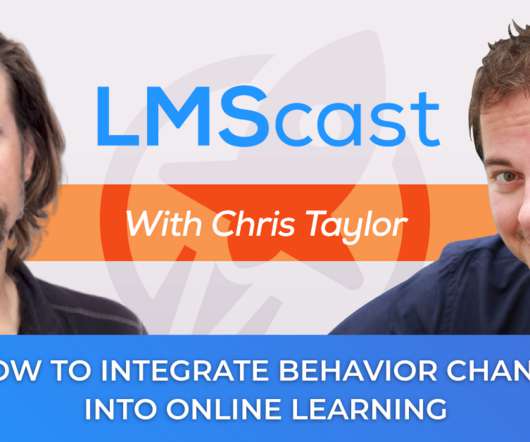


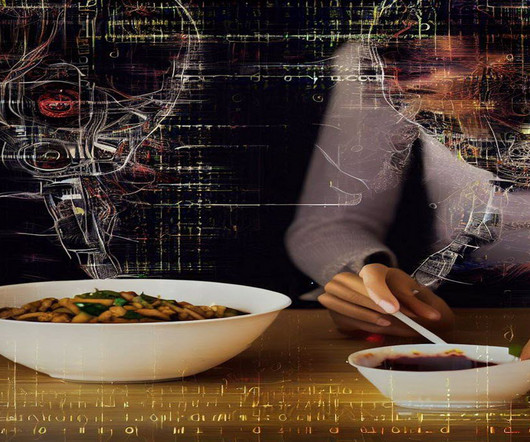


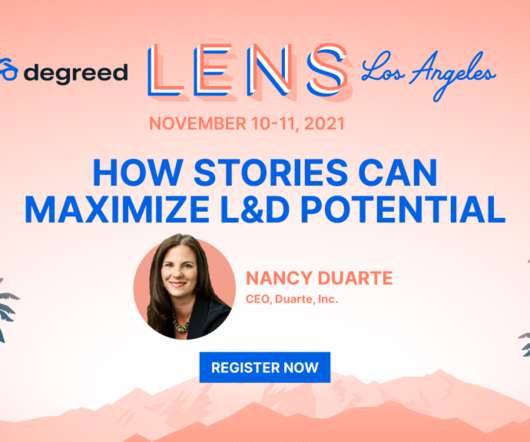

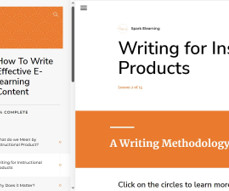





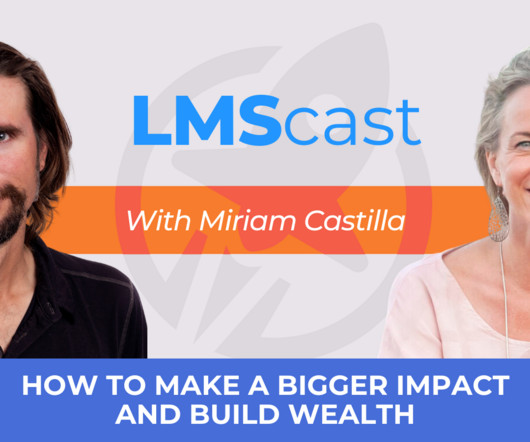












Let's personalize your content